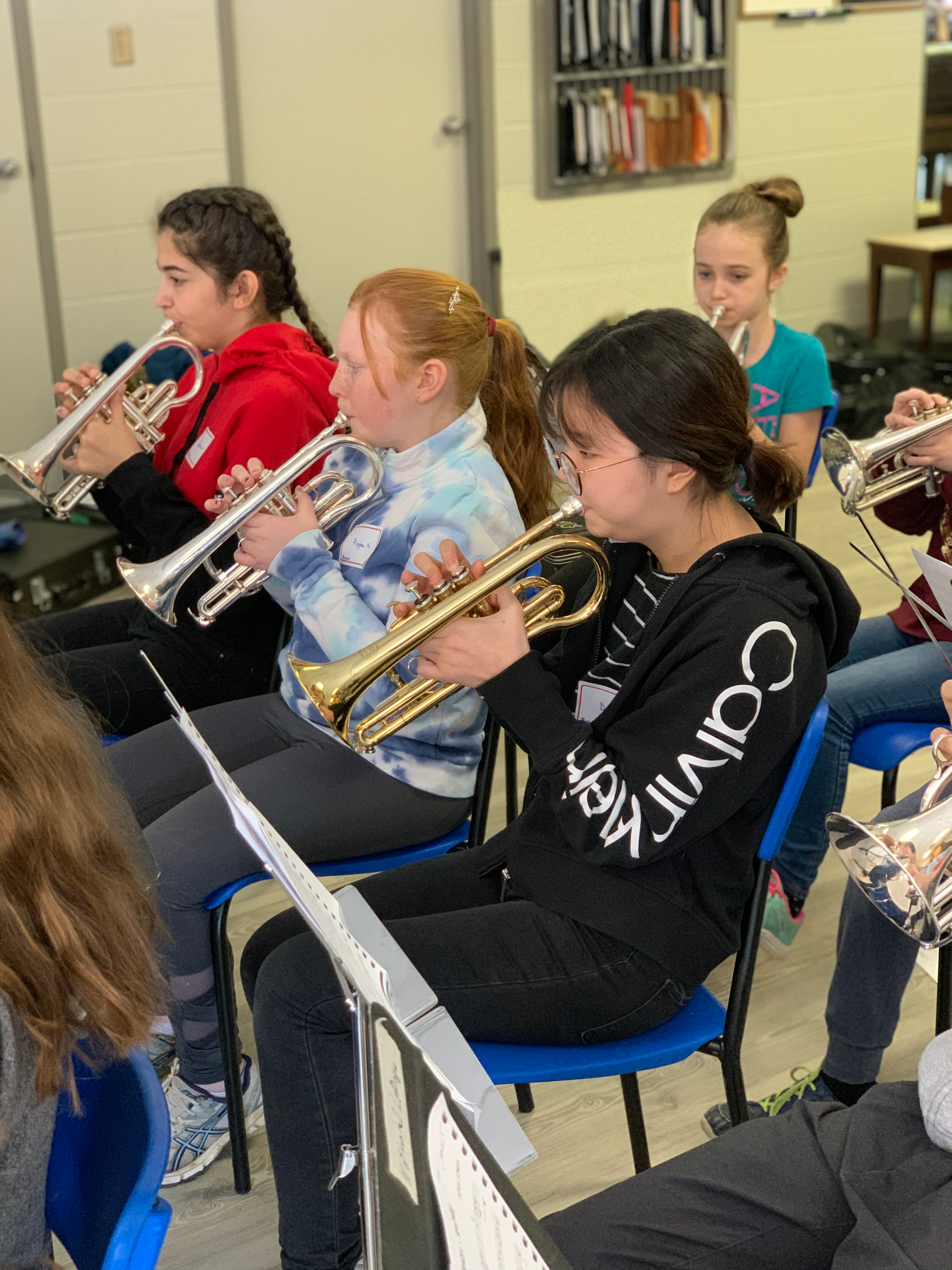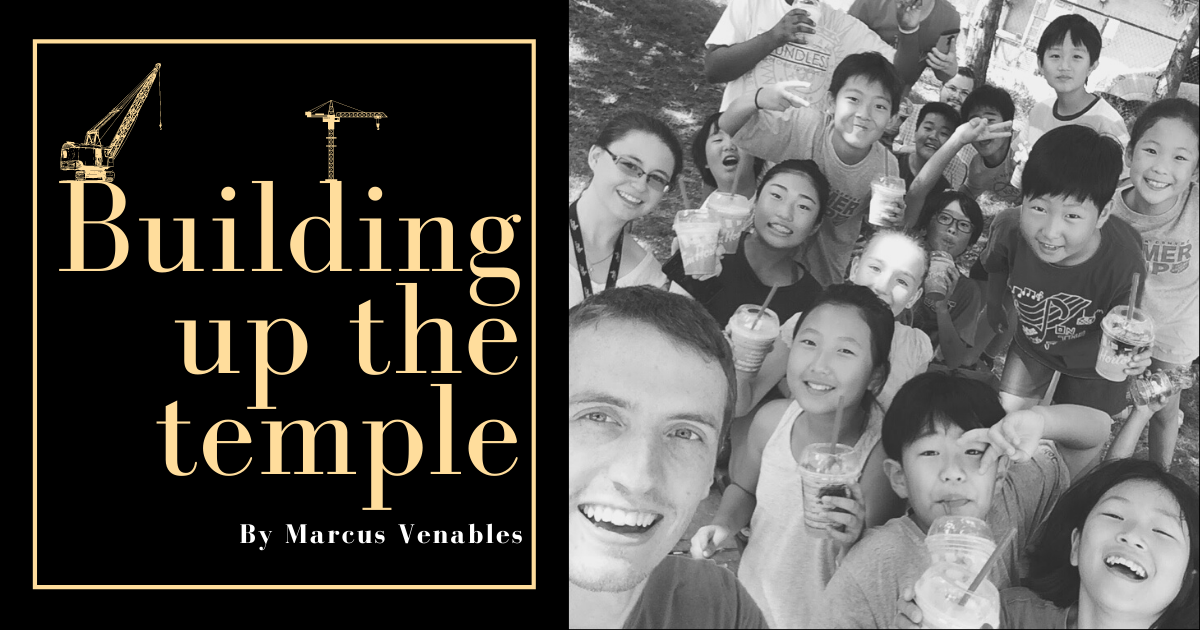As avid readers of this MAGAzine, you have most likely witnessed the value of music ministry programs firsthand in your own local setting, so I’ll skip over the part where I try to sell or explain why these programs are so valuable. As the years pass us by, we see continuous waves of young people who have developed their skills and strengthened their faith through our programs. As we assess and consider the current generation of young people, we realize the potential that may have been stunted over the last two years. This has impacted all age brackets and levels from the beginner cornet player who didn’t have in-person lessons on how to buzz and produce a sound, to the more advanced musician who hasn’t been sight reading or playing in front of others week to week.
Instead, we have hit a wall. Of course, there are some that have continued learning and developing whether it be through their own doing or through the efforts of their corps music sections. However, for the majority, the idea of practicing with nothing to work towards, or no weekly check in (in the form of a rehearsal), has left many to simply stagnate or even regress. In fairness, it’s safe to say that this isn’t just the case with Salvation Army programs. I’m sure there are school and community programs that face a similar outlook as ensembles start to reform and resume.
So how can we adjust and reestablish our programs? I have a few ideas that will help us as a starting point to formulating some ideas in our minds. These ideas won’t provide a perfect method that works in every context, but it will help us as we tackle the challenges that lie ahead, think critically, and strategize the best way to move forward.

Week in, week out
I say this all the time. Consistency is the most important aspect to building anything. We can’t expect to see growth or newcomers if there is any hint of inconsistency in our groups. The number one word over the last two years has been uncertainty. As annoying as it may be to hear, the reason why people keep saying it and why it stirs up uncomfortable feelings is the fact that we all need stability in our lives. For families and children, knowing that junior band or singing company happens every Thursday night gives them something to look forward to, but also helps them understand commitment and dedication. When we cancel because there aren’t enough people coming, we are tired, or any other excuse we formulate, it means that other plans end up being made and other priorities are assigned. In addition, weekly continuity serves as a baseline for development. We know that little Jimmy is going to be playing or singing once a week. We know that they are building relationships with leaders and other members in the group. Then we can focus on developing and expanding beyond their “once a week” learning opportunity.
Not dwelling on lost time
This can be an easy excuse for us. I understand that without a doubt, there is a lot of turnover from how our groups used to look prior to the pandemic. We are scared
that our groups may be small. It’s going to take time to rebuild. The idea of retraining young people to play a C scale yet again may make us cringe. At the end of the day, kids have missed out and so much time has been lost. They deserve the opportunity to develop and experience the fun of making music once again.
Another perspective is that we have a chance to develop different age groups in the same level at the same time. Jimmy is now 11 and his sister Katie is 7, both of whom are beginners and can now be in the same class. Less teachers, less work all around. Jimmy is likely to progress at a faster rate, but Katie has more time to develop.
Perhaps our senior musical sections will notice the stunted development the most. Numbers will shrink in addition to a dip in the level which may allow younger musicians to join in. However, this is not the time to call it quits. We can’t dwell on the time that has been lost. As mentioned before, the development of musical ability in our young people will happen at a different pace, but it is still vital that we provide a path of progression. If there is no senior band, young people may only aspire to a junior band level.
Not just music
While we all may realize this, sometimes it is important to have it written down as a reminder or showcase to the doubters. Youth music programs are not just about making music. It is about creating an environment that fosters a sense of belonging and provides an avenue for spiritual development. This means that our programs must demonstrate a priority for the spiritual care of each member. Do our kids feel welcomed and at home? Are they hearing about Jesus? Do they leave each week wanting to come back? Are we able to build our Sunday School and youth group alongside our music programs?

Alternatives
We don’t need to rely on only having brass, singing, and timbrel groups. If your corps has a guitar player, encourage them to teach a guitar class. Perhaps you have flutes, violins, or even saxophone players. It doesn’t matter! What matters is what you can develop. Don’t feel bound or restricted by expectations. Look at your specific situation and decide what you need. How can you consciously grow what you have into something bigger and even more impactful?
The last point to highlight is that we need to share our stories. Whether it be two kids or 20 kids, what you are accomplishing and how you are doing it should be shared widely and heard by others. The volunteerism in Salvation Army music groups is an adored quality that is often overlooked and should be celebrated. The special role that leaders play in shaping and developing the lives of young people is vital to the health and growth of our corps. The result of the investment is witnessing young people make joyful sounds unto the Lord. It brings joy not only to our hearts, but to all of those who witness it, and it fosters community interaction. The possibilities are endless. The potential is there. What are you waiting for?
 This article was originally published in the March 2022 MAGAzine. Read the entire issue here:
This article was originally published in the March 2022 MAGAzine. Read the entire issue here:
https://salvationist.ca/files/salvationarmy/maga/MAGAzine/magazineissue/MAGAzine_March_2022.pdf







Leave a Comment